Most people think they know what to expect from planet Earth – mountains go up, rivers flow down, and beaches meet the sea. Then there’s Iceland, where the ground literally cooks itself, black sand beaches stretch for miles, and ice caves glow blue from within. This island nation sitting atop the Mid-Atlantic Ridge seems to break every rule of conventional geology, creating landscapes that look more like alien worlds than Earth.
Let’s explore these mind-bending geological features that prove sometimes reality is stranger than science fiction.
Grjótagjá Cave
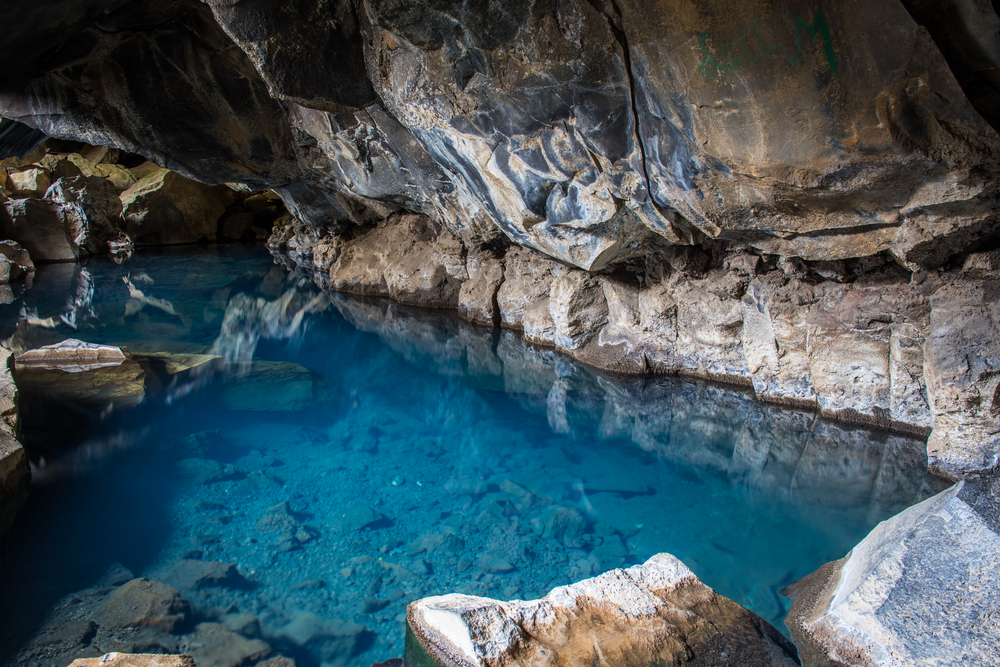
Hidden beneath Iceland’s rugged surface, this geothermal cave defies everything you thought you knew about underground spaces. Steaming blue water fills ancient lava tubes, creating an otherworldly swimming spot where the water temperature hovers around 113°F year-round.
Medieval outlaws once used this cave as a hideout, taking advantage of its warmth during harsh winters, and local legends say elves still gather here during northern lights displays. The cave’s popularity exploded after it appeared in ‘Game of Thrones,’ though swimming is now restricted to protect its delicate ecosystem.
The crystal-clear water reveals intricate rock formations below the surface, created by centuries of mineral deposits from the geothermal activity.
Svartifoss
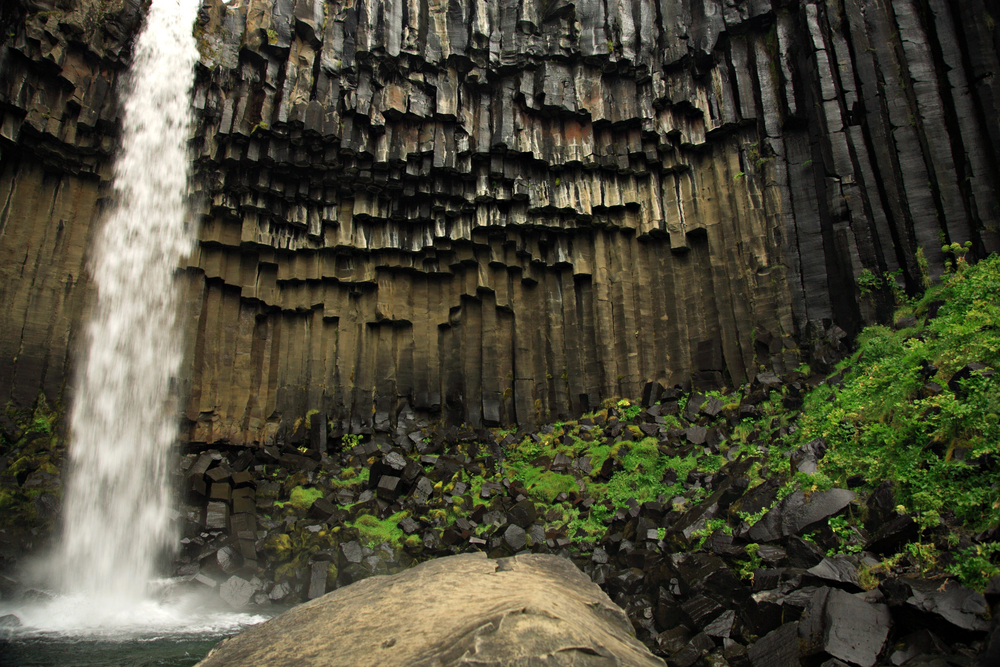
Known as the ‘Black Falls,’ this stunning cascade tumbles over a cliff face made of perfectly geometric basalt columns that look like they were crafted by ancient architects rather than natural processes. The hexagonal columns formed when thick lava cooled slowly and evenly, creating what geologists call columnar jointing, which locals refer to as ‘nature’s pipe organ.’
The contrast between the dark basalt and white rushing water creates a natural black-and-white photograph that changes with every passing cloud. The falls inspired the design of Hallgrímskirkja church in Reykjavík, proving that sometimes the best architecture comes from simply copying nature.
Local folklore says the columns were created by trolls who turned to stone when caught by the sunrise, their bodies forming the perfect geometric patterns we see today.
Like Travel Pug’s content? Follow us on MSN.
Askja Caldera
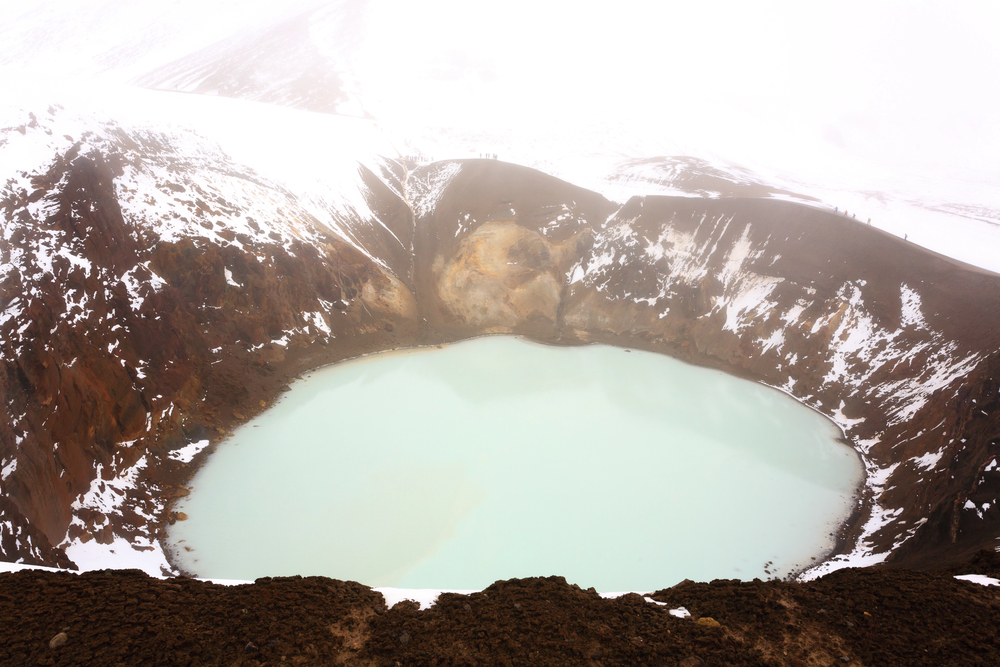
This massive volcanic crater in Iceland’s remote highlands contains a milky-blue geothermal lake that maintains liquid form even when surrounded by snow and ice. The water temperature can reach 86°F in places, creating surreal steam patterns when cold air meets warm water.
The caldera formed during a massive eruption in 1875 that was so powerful it deposited ash as far away as Poland and changed weather patterns across Europe. The surrounding landscape looks more like a lunar surface than Earth, which is why NASA astronauts trained here before the Apollo missions.
Local guides tell stories of mysterious lights and unexplained phenomena around the crater, particularly during the winter months when darkness dominates.
Silfra Fissure
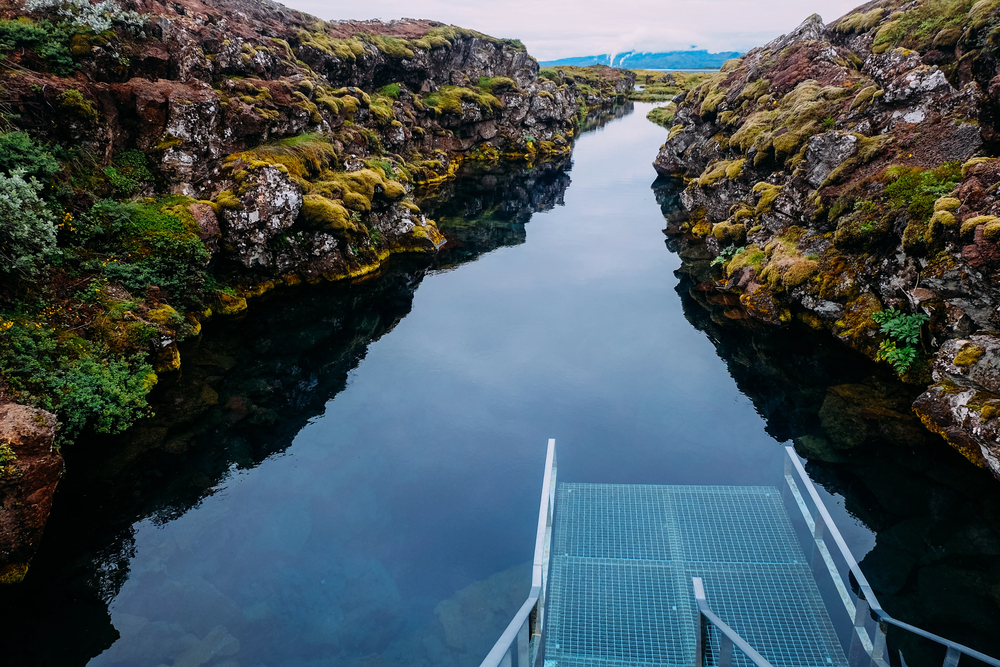
A crack in the Earth is so clear you can see for over 328 feet through pristine glacial water; this underwater wonder marks the exact spot where two continental plates drift apart. The water maintains a constant 36°F temperature year-round, filtered through porous lava rock for decades before emerging in the fissure.
Divers and snorkelers can literally touch two continents at once, floating between the North American and Eurasian tectonic plates. The clarity of the water creates an optical illusion where visitors often feel like they’re flying rather than swimming, with the deep blue depths below seeming to go on forever.
Local guides say the best time to visit is during the summer midnight sun when the low-angle light creates ethereal effects in the crystal-clear waters.
Dimmuborgir
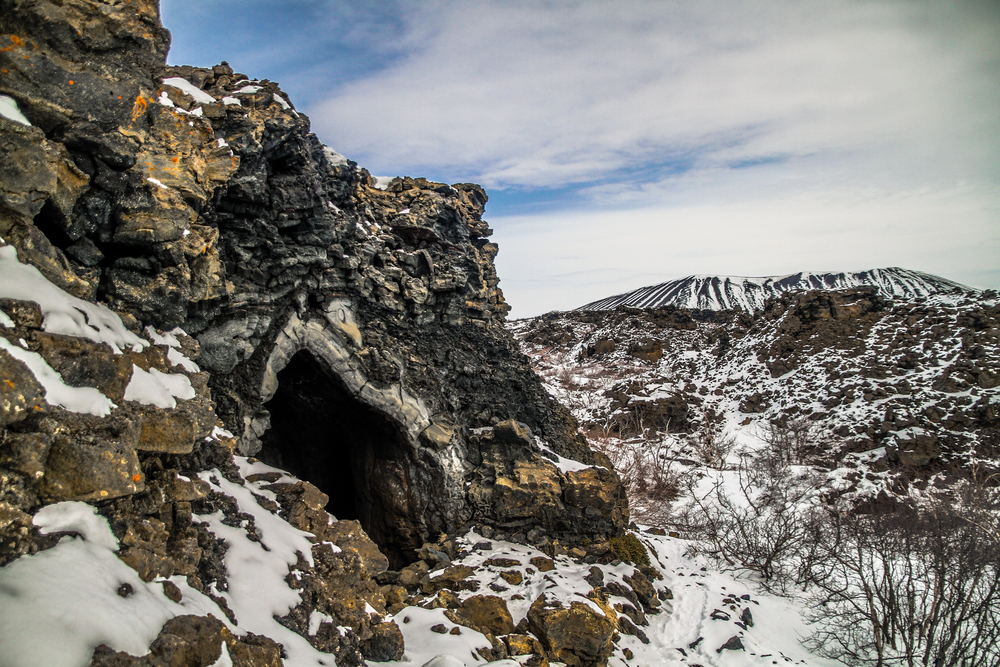
Known as the ‘Dark Castles,’ this maze of twisted lava formations creates what looks like an ancient city built by giants. The strange structures formed when hot lava flowed over a marsh, creating steam that forced the molten rock into towering pillars and arches.
According to folklore, these are the homes of Iceland’s infamous ‘Yule Lads’ – mischievous characters who emerge during the Christmas season. Some of the lava formations reach heights of 66 feet, creating natural amphitheaters that produce eerie acoustics.
Local guides say each formation has its own name and story, passed down through generations of storytellers.
Like Travel Pug’s content? Follow us on MSN.
Víti Crater
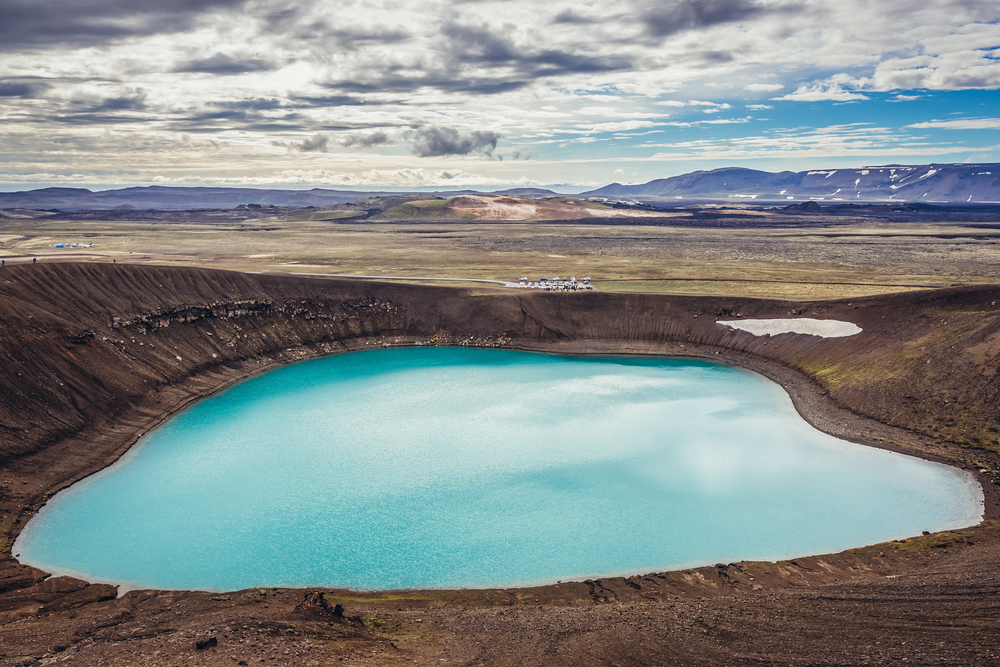
This perfect circular crater lake in the Krafla volcanic area contains milky-blue geothermal water that seems to glow from within. Its name literally means ‘hell,’ given by early settlers who believed it was the gateway to the underworld. The crater formed in a massive explosion in 1724 that locals at the time described as ‘the earth itself tearing apart.’
The water’s color changes throughout the year based on mineral content and algae growth, creating an ever-shifting natural palette. Some adventurous visitors swim in the warm waters during summer, though the steep crater walls make access challenging.
Langjökull Ice Caves
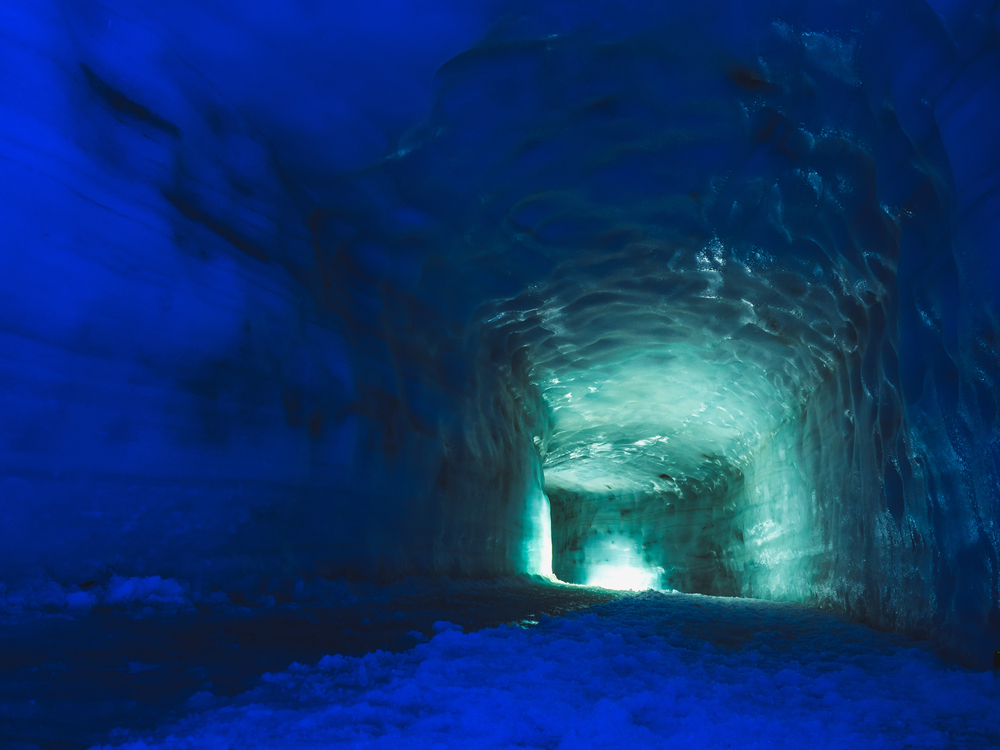
The world’s largest artificial ice tunnel burrows into Europe’s second-largest glacier, revealing the stunning blue heart of this ancient ice mass. The ice gets progressively older and denser as you move deeper into the tunnel, creating bands of white, blue, and black that record centuries of climate history.
Natural air bubbles trapped in the ice create ethereal patterns that look like frozen constellations. Geologists use these ice layers like tree rings to study Iceland’s climate history, reading stories written in frozen time.
The cave’s location inside a moving glacier means it’s slowly shifting, creating new formations and patterns every year.
Torfajökull Obsidian Field
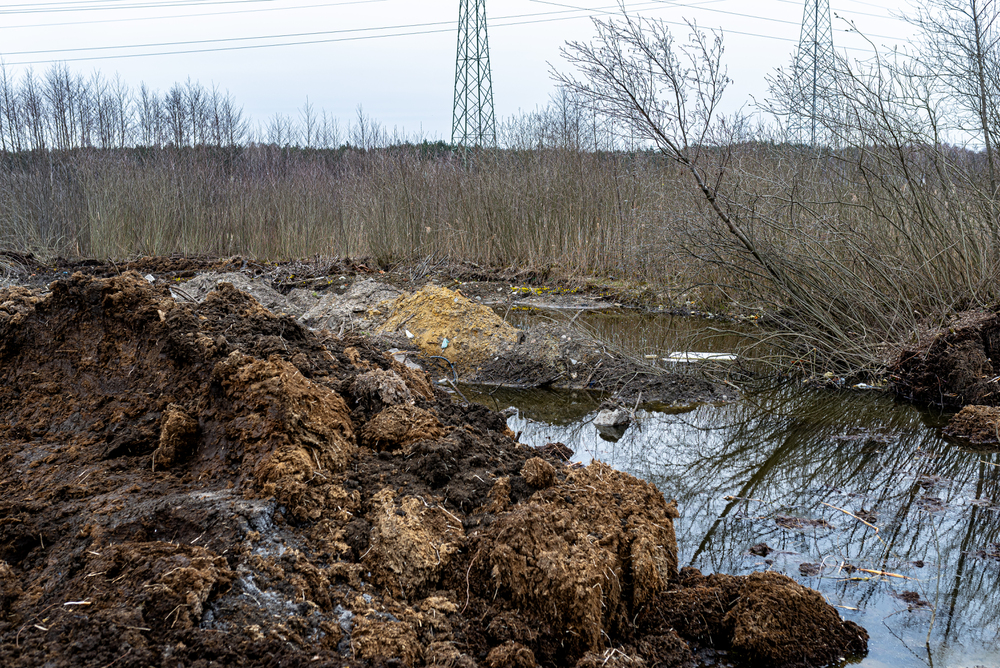
The largest rhyolite area in Iceland features vast fields of natural glass created when silica-rich lava cooled too quickly for crystals to form. The black obsidian rocks shine like mirrors in the sunlight, creating an otherworldly landscape that looks more like a modern art installation than a natural formation.
Ancient Icelanders used this obsidian to make tools and weapons, with archeological evidence showing trade routes extending across the North Atlantic. The contrast between the black glass and the surrounding colorful rhyolite mountains creates some of Iceland’s most striking geological views.
Local guides know specific spots where the obsidian has formed perfect natural mirrors.
Like Travel Pug’s content? Follow us on MSN.
Gjáin
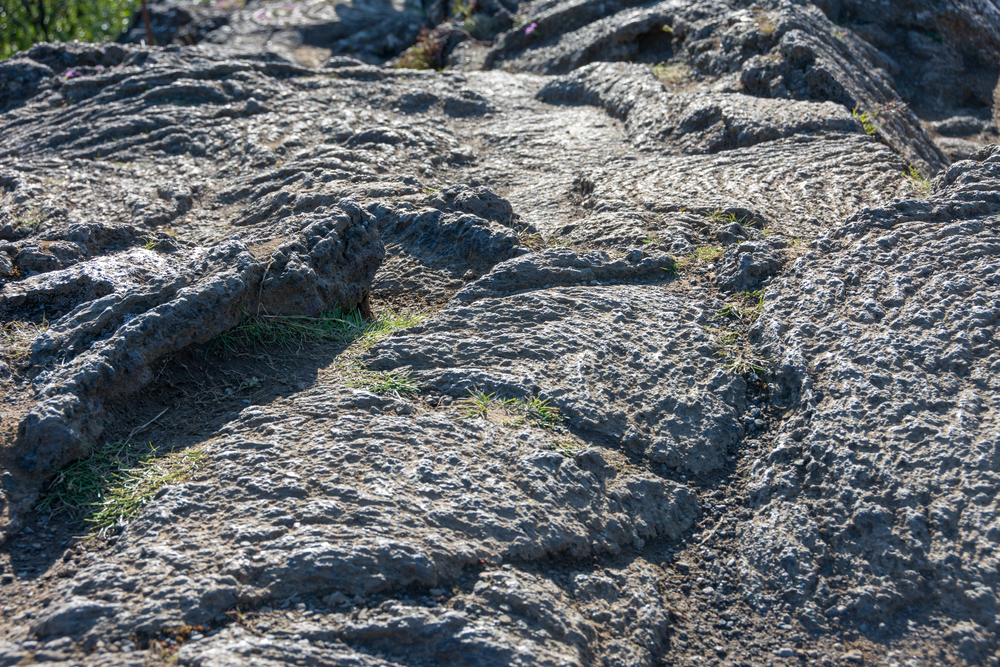
This hidden valley oasis features a collection of small waterfalls, crystal clear pools, and twisted lava formations that seem designed by nature’s finest landscape architect. The name means ‘the canyon,’ though this simple description hardly does justice to the fairy-tale landscape within.
Ancient basalt columns frame delicate moss gardens, creating natural gothic arches that look hand-carved. Local folklore says this was a favorite meeting place for elves, and walking through the valley, it’s easy to understand why.
The variety of geological features packed into this small area makes it a natural textbook of Icelandic geography.
Hverir Mud Pots
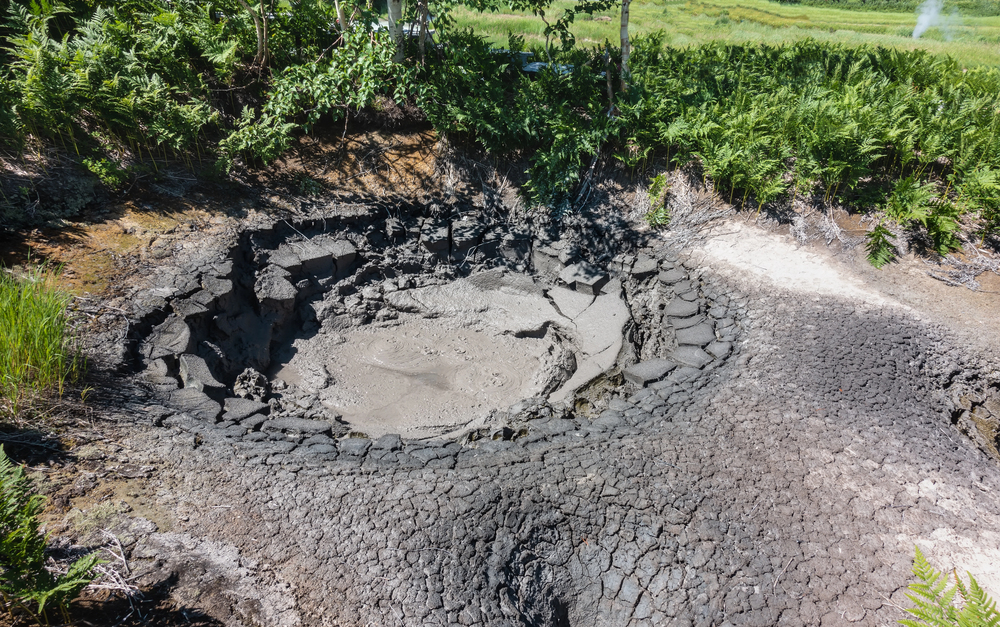
These bubbling cauldrons of grey mud look and sound like a witch’s brewing pot, complete with steam vents that whistle and roar. The area’s distinct rotten egg smell comes from hydrogen sulfide gas escaping from the Earth’s crust, while the orange and red ground colors come from iron oxidation.
Each mud pot has its own personality, with different bubbling patterns and sounds that locals say predict weather changes. The entire area sits atop a geothermal reservoir where groundwater is heated by magma deep below the surface.
The landscape changes constantly as new vents open and old ones close, creating an ever-evolving natural laboratory.
Rauðfeldsgjá Gorge

This narrow crack in a mountain wall leads to a hidden world of moss-covered walls and a crystal-clear stream that seems to emerge from nowhere. The gorge’s name comes from a dark tale in the Icelandic sagas, adding a layer of historical intrigue to its natural beauty.
Sunlight barely reaches the bottom of the narrow canyon, creating an ethereal atmosphere where water droplets catch what little light makes it through. The gorge cuts through layers of different rock types, revealing millions of years of geological history in its walls.
Local climbers use specific features in the rock walls as natural handholds, following routes that haven’t changed in centuries.
Like Travel Pug’s content? Follow us on MSN.
Kerið Crater
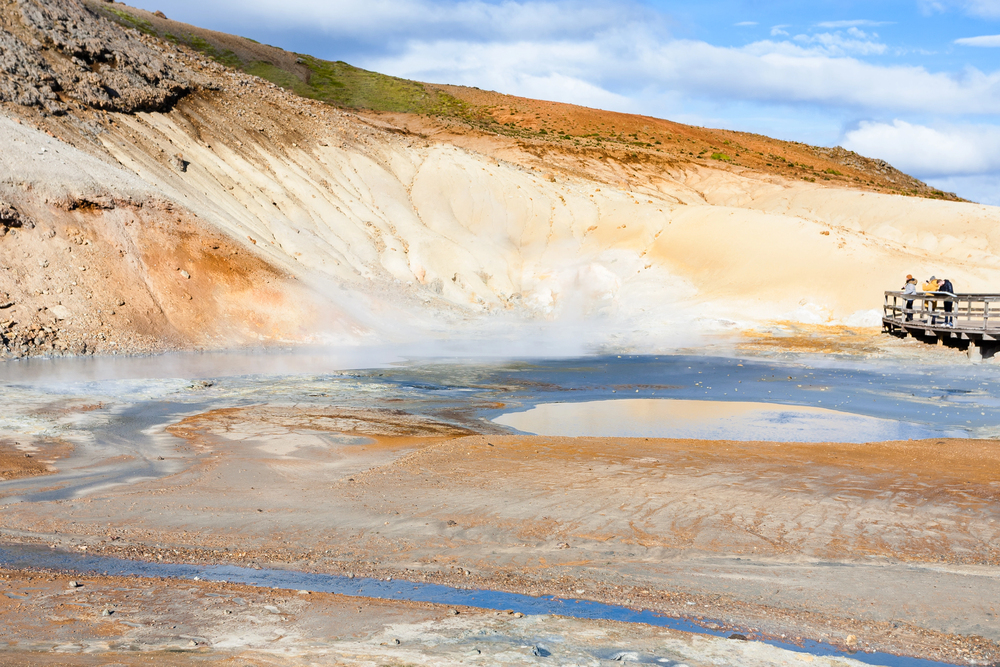
This nearly perfect circular crater lake features walls of distinct red volcanic rock contrasting with a deep blue pool at its center. The crater formed when a magma chamber emptied and collapsed in on itself, creating what geologists call a maar volcano.
Unlike many of Iceland’s volcanic features, Kerið’s relative youth (around 3,000 years) means erosion hasn’t softened its sharp edges. The lake’s water level reflects the height of the surrounding water table, rising and falling with the seasons.
During winter, the crater sometimes freezes over completely, creating a natural ice rink surrounded by red rock walls.
Surtshellir Lava Cave
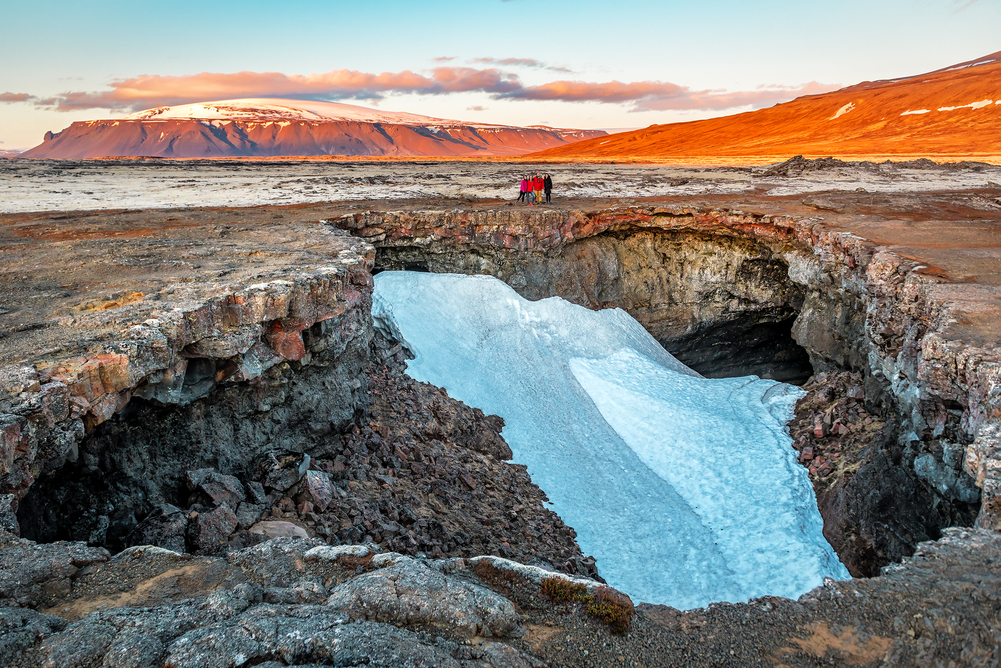
Iceland’s longest lava tube extends over half a mile underground, featuring massive ice formations that persist year-round. The cave formed during a massive eruption when the outer layer of a lava flow cooled and hardened while hot lava continued to flow inside, eventually draining to leave the tube empty.
Viking-age artifacts found in the cave suggest it was once used for shelter and possibly religious ceremonies. The cave’s name comes from Surtr, a fire giant in Norse mythology who was said to live underground.
Different sections of the cave feature unique formations created by varying cooling patterns in the original lava flow.
Hvítserkur
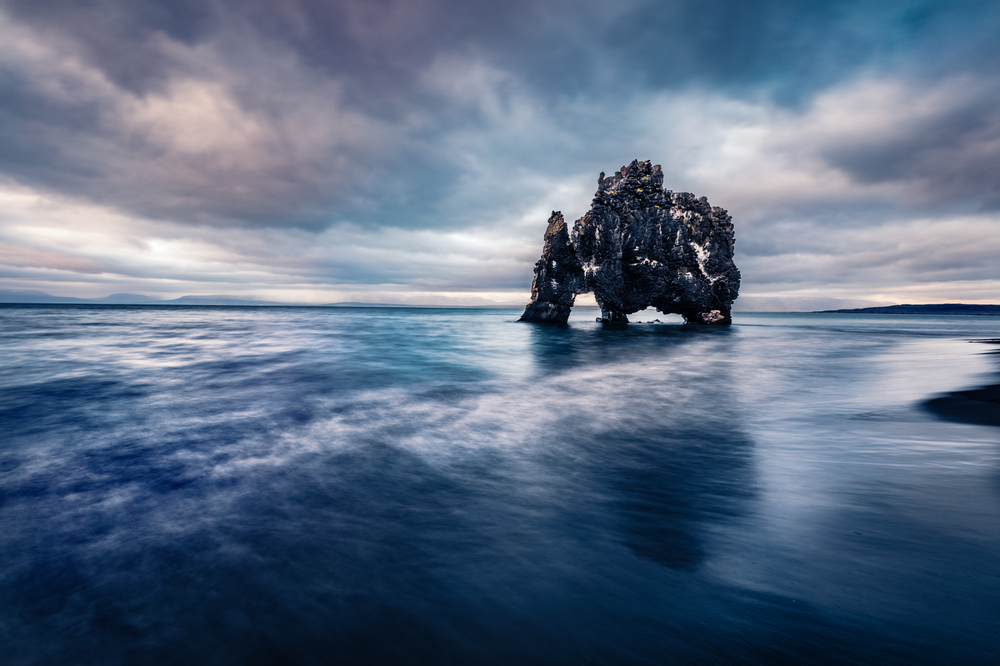
This 49-foot-high basalt stack rising from the sea looks like a drinking dragon, complete with what appears to be a head and two ‘holes’ that serve as eyes. The formation is actually the remnant of an ancient volcanic dike where softer surrounding rock eroded away, leaving only the hardest core material.
According to legend, the stack is a petrified troll who got caught by the sunrise while trying to destroy a monastery. The base of the formation has been reinforced with concrete to prevent further erosion from the powerful North Atlantic waves.
Local photographers say the stack looks different from every angle, with each perspective revealing new ‘faces’ in the rock.
Like Travel Pug’s content? Follow us on MSN.
Leirhnjúkur Lava Fields
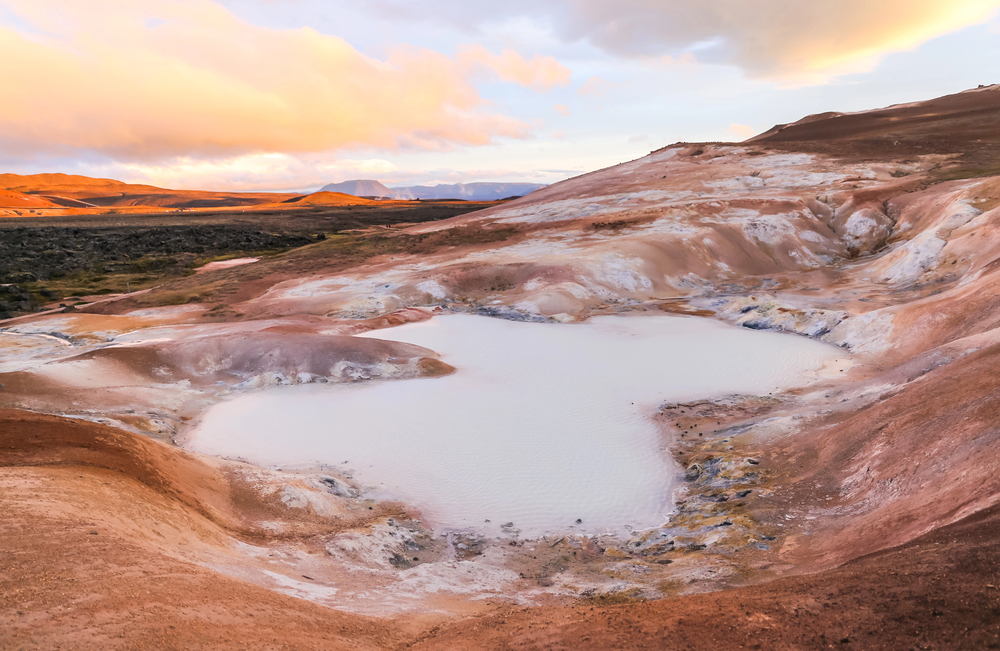
This still-steaming lava field created by the Krafla Fires (1975-1984) shows what fresh volcanic terrain looks like, with twisted black rock formations that haven’t yet been softened by time. Steam vents scattered across the field release constant plumes of vapor, creating an otherworldly landscape that looks more like a movie set than natural terrain.
The ground remains hot enough in places to melt rubber shoe soles, requiring visitors to stick to marked paths. The contrast between the black lava and white steam creates natural monochrome photographs that change with every passing cloud.
Local guides can point out different types of lava formations, each telling its own story about how the molten rock cooled.
Ásbyrgi Canyon
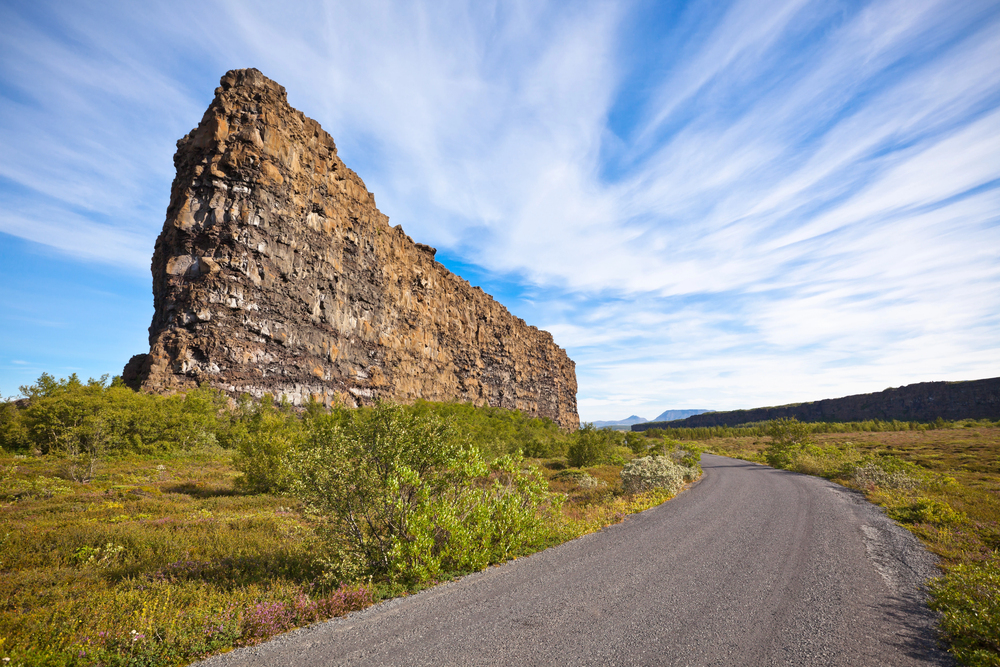
This massive horseshoe-shaped canyon looks like it was carved by giants but was actually created by catastrophic glacial flooding thousands of years ago. According to Norse mythology, the canyon is the hoofprint of Odin’s eight-legged horse Sleipnir.
The canyon floor hosts a unique forest ecosystem that stands in stark contrast to Iceland’s typically treeless landscapes. The vertical walls rise over 328 feet in places, creating natural amphitheaters with remarkable acoustics.
Local folklore says the canyon is home to the ‘hidden people’ of Iceland, and walking through its peaceful woods, it’s easy to imagine why.
Jökulsárlón Ice Diamond Beach

This black sand beach is decorated with chunks of ancient glacier ice that look like scattered diamonds, creating one of Earth’s most surreal shorelines. The ice that breaks off from the nearby Breiðamerkurjökull glacier is carried out to sea and then washed back onto the beach by waves.
Each piece of ice is uniquely sculpted by wind and waves, creating natural ice sculptures that can range from crystalline clear to deep blue. The constant interaction between ice, waves, and black sand creates an ever-changing natural art gallery.
Local photographers say no two days are ever the same on this beach, as new ice arrives and old pieces melt or are carried away.
Like Travel Pug’s content? Follow us on MSN.
Aldeyjarfoss
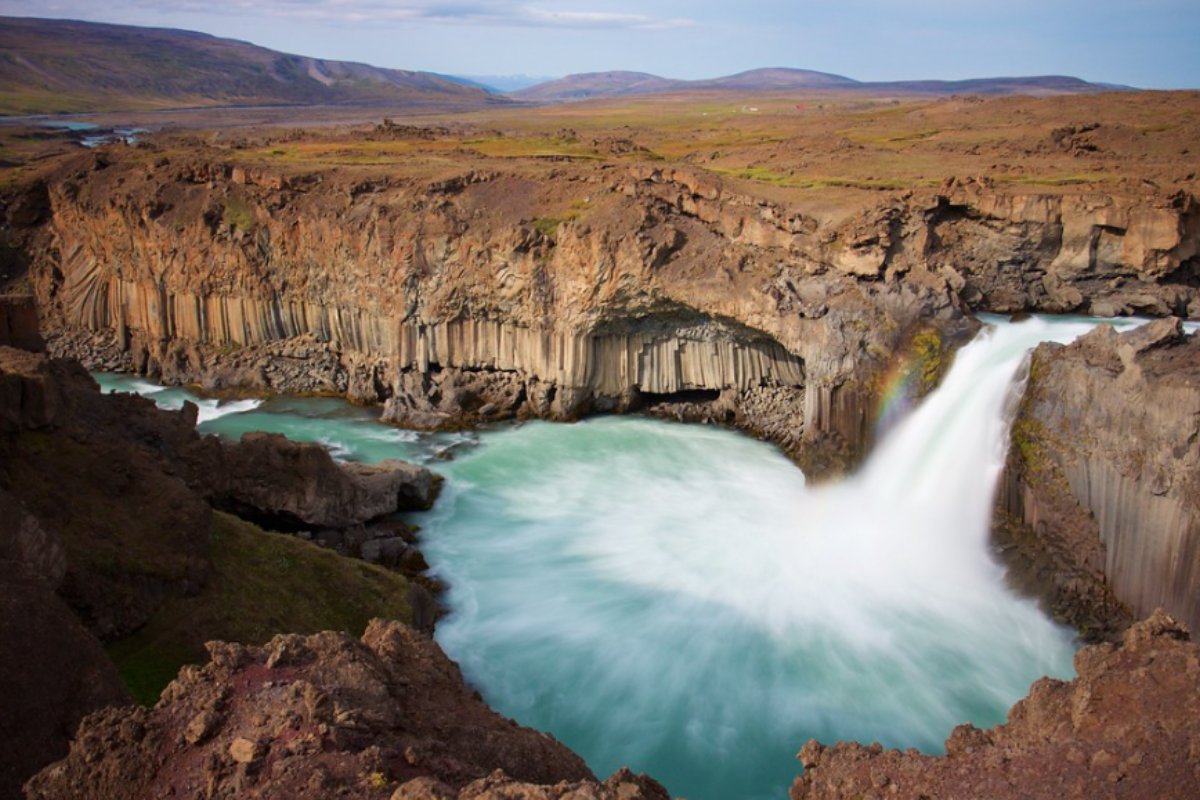
This powerful waterfall crashes between perfectly symmetrical basalt columns, creating one of Iceland’s most geometrically striking natural features. The contrast between the white water and dark basalt creates a natural black-and-white photograph that changes with every passing second.
The columns formed in the same way as those at Svartifoss, but here, they curved inward, creating a natural amphitheater. The pool at the base of the falls is a deep blue color due to minerals carried by the glacial water. Local legends say the symmetry of the columns was created by trolls who were master stone craftsmen before being turned to stone themselves.
Stórurð
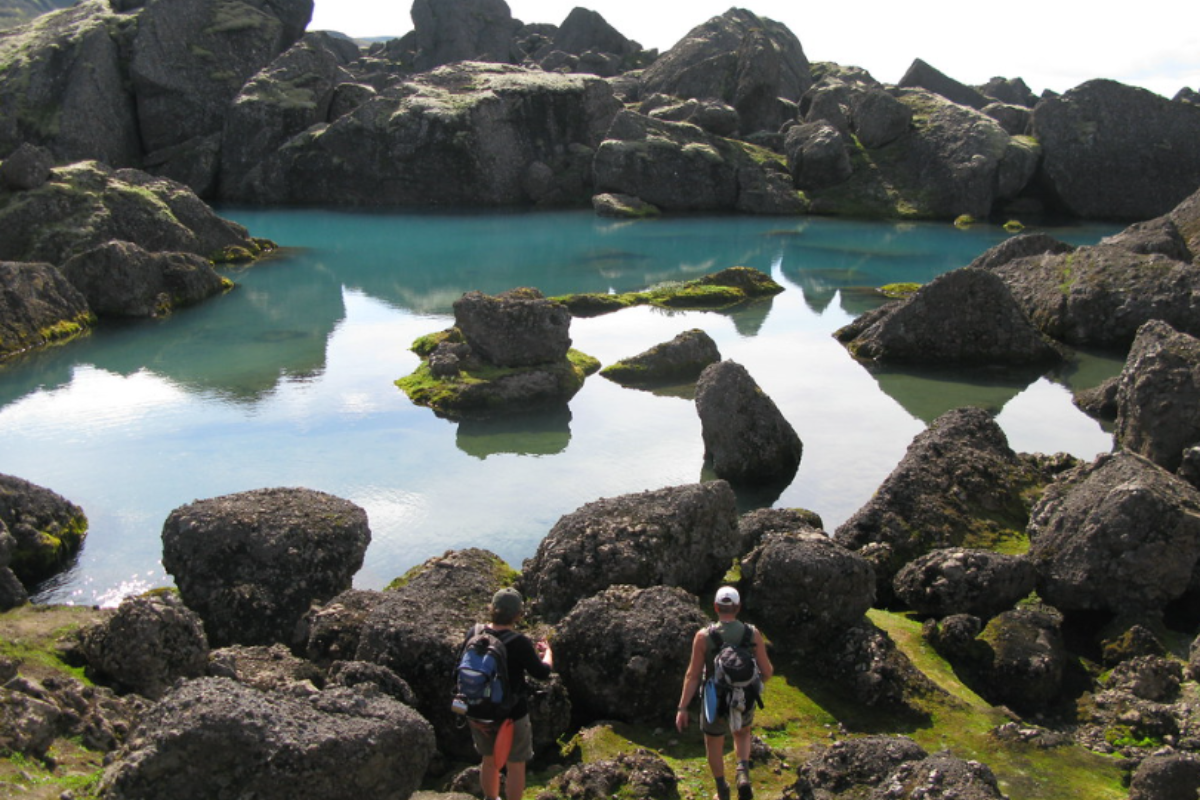
This ‘Giant Boulders’ area features house-sized rocks scattered across a green valley, creating a landscape that looks like a giant’s abandoned playground. The massive rocks were carried here by ancient glaciers and deposited when the ice melted, though local folklore claims they were thrown here during battles between mountain trolls.
Crystal-clear pools form between the boulders during summer, creating mirrors that reflect the surrounding mountains. The contrast between the grey boulders, green moss, and blue pools creates one of Iceland’s most colorful geological displays. Local guides know hidden paths between the boulders that lead to spectacular viewpoints of the surrounding highlands.
Hrafnabjargafoss
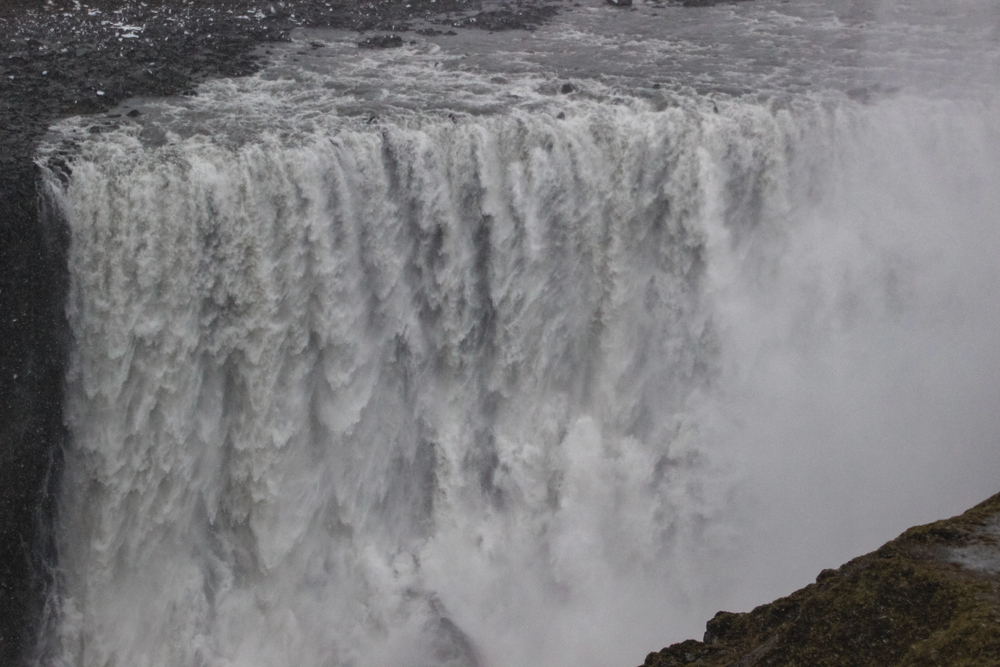
This multi-tiered waterfall crashes through ancient lava formations, creating a complex series of cascades that seem to defy gravity. The falls split into several channels as they navigate through black basalt formations, creating a natural water garden. The name means ‘Raven Cliffs Falls,’ referring to the birds that nest in the surrounding rock faces.
The water volume changes dramatically with the seasons, creating different displays as glacial melt increases during the summer months. Local photographers say the best time to visit is during the midnight sun when the low-angle light creates rainbow effects in the spray.
Like Travel Pug’s content? Follow us on MSN.
Iceland’s Otherworldly Landscapes
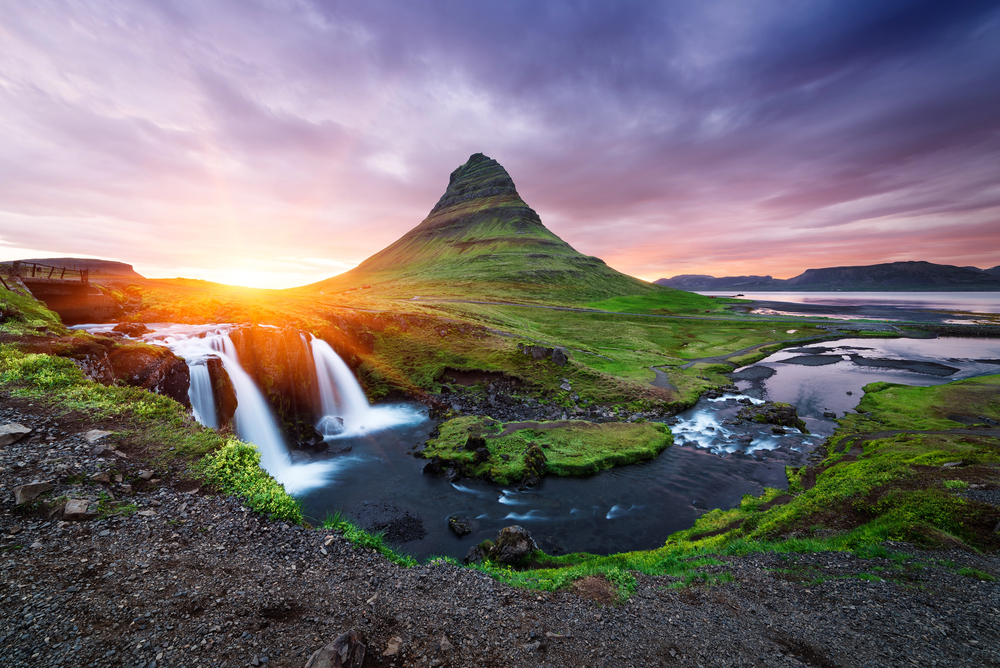
These geological wonders stand as a testament to Iceland’s position at the intersection of elemental forces, where the raw power of Earth’s processes creates landscapes that challenge our understanding of what’s possible on our planet. As climate change threatens to alter these delicate features, scientists and local communities work together to monitor and protect these natural laboratories of geological processes.
The preservation of these sites offers crucial insights into Earth’s past and potential future, while their stunning beauty reminds us why they’re worth protecting. These landscapes prove that sometimes the most incredible sights on Earth are the ones that seem to defy its very rules, and in Iceland, such defiance of convention is simply the natural way of things.
More from Travel Pug

- 15 Dangerous European Cities to Avoid
- 15 Caribbean Islands Where Tourists Keep Getting Scammed
- The 20 Most Fascinating Abandoned Places: A Journey Through Time and Forgotten Spaces
- 15 Hidden Places in the Smithsonian Museums Locals Love: A Guide to Lesser-Known Treasures
- 16 Hidden Florida Beach Towns That Aren’t Overrun with Tourists
Like Travel Pug’s content? Follow us on MSN.
